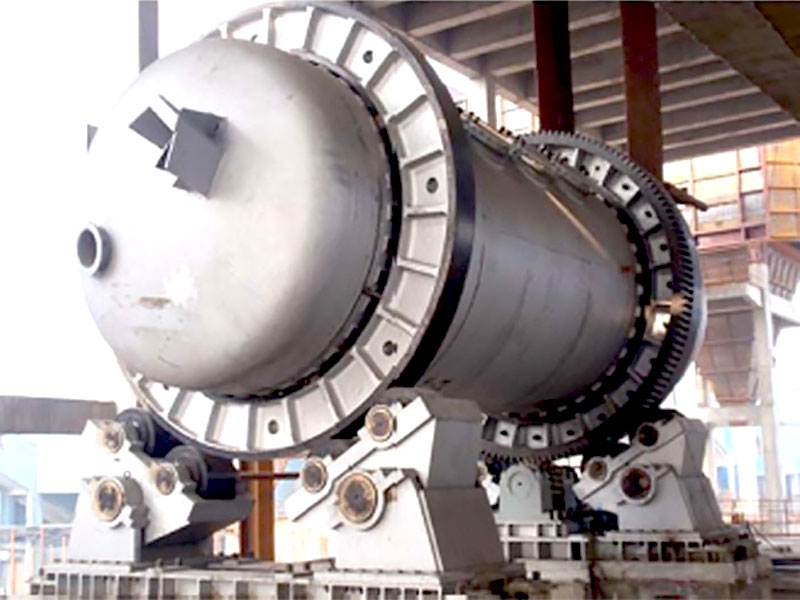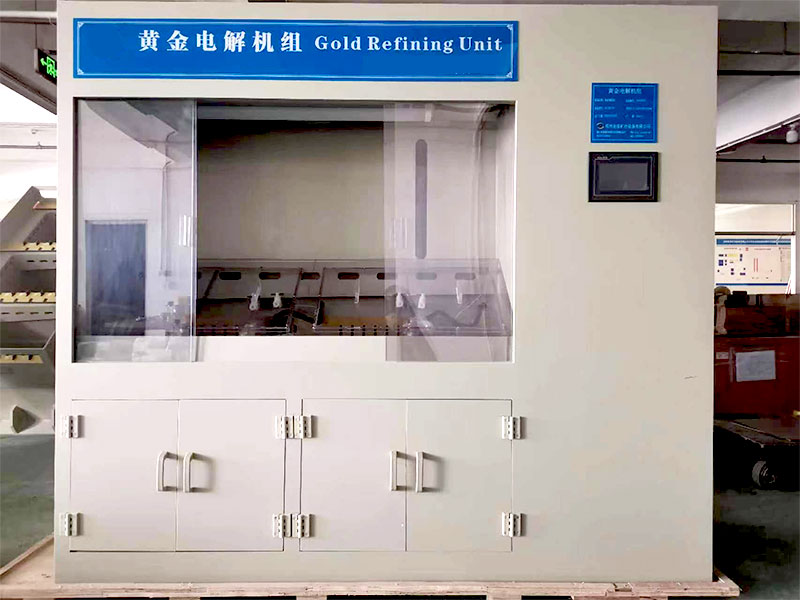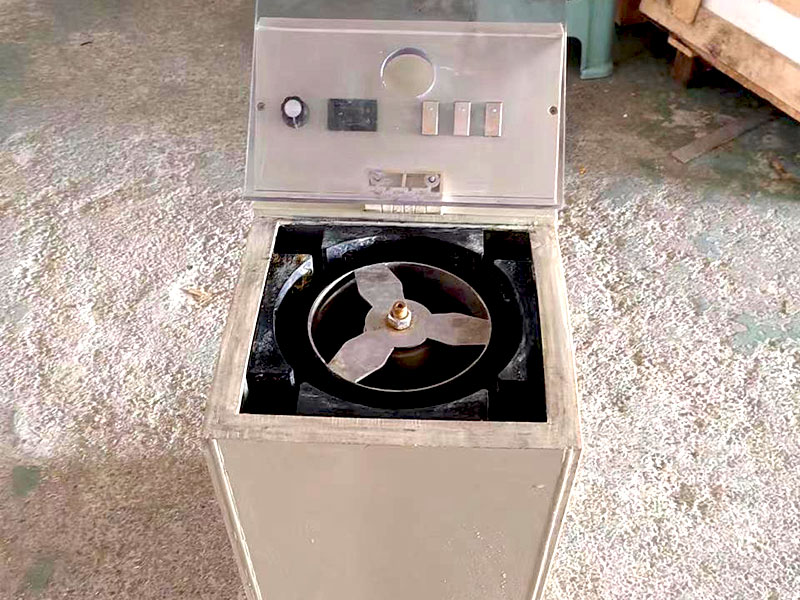Flux Used In Gold Smelting
Understanding the Role of Flux in Gold Smelting
Gold smelting is a complex process that involves heating gold ore to a molten state to separate pure gold from other minerals and impurities. A critical component in this process is flux. Flux, in the context of gold smelting, serves several important functions that enhance the efficiency and effectiveness of smelting operations. FRT Machinery, a leading manufacturer of smelting equipment, emphasizes the importance of using the right type and quantity of flux for optimal results.
Types of Flux Used in Gold Smelting
Fluxes used in gold smelting can be broadly categorized into two types: borax-based fluxes and silica-based fluxes. Borax is commonly used because it helps lower the melting point of the material, making it easier to melt gold and separate it from slag. Silica, on the other hand, is often added to control the viscosity of the slag, ensuring that it remains fluid enough to float above the molten gold. Both types play a crucial role in improving the purity of the final product.

Benefits of Using Flux in Gold Smelting
The primary benefit of using flux in gold smelting is the reduction of the melting point of the ore, which makes the smelting process more efficient and cost-effective. Flux also aids in the formation of slag, which encapsulates impurities and floats to the top of the molten mixture. This separation is vital for purifying gold. Additionally, the use of flux can help in preventing oxidation of the gold during the smelting process, thereby preserving its quality.
Proper Selection of Flux for Gold Smelting

Selecting the appropriate flux for your gold smelting operation is essential for achieving high-quality results. Factors such as the composition of the ore, the desired outcome, and the specific requirements of your smelting equipment must all be considered. FRT Machinery recommends consulting with their experts to determine the best flux for your application. They offer a range of flux solutions designed to meet the diverse needs of gold smelters, ensuring that you get the most out of your smelting process.
Techniques for Applying Flux in Gold Smelting
The method of applying flux can significantly impact the success of your smelting operation. Generally, flux is added to the crucible along with the gold ore before heating begins. However, the exact timing and proportion of flux addition can vary depending on the specifics of your setup. For instance, some smelters might require a higher ratio of flux to ore, while others may need a more precise control over the temperature. FRT Machinery provides detailed guidelines on how to apply flux effectively, helping to optimize your smelting process.
Maintenance and Safety Considerations When Using Flux
While flux is indispensable in gold smelting, its proper handling and maintenance are equally important. Improper storage or application of flux can lead to inefficiencies and potential safety hazards. It’s crucial to store flux in a dry place away from moisture, as moisture can degrade its effectiveness. Furthermore, when handling flux, especially in large quantities, protective gear such as gloves and goggles should be worn to prevent accidents. FRT Machinery also offers training sessions on the safe use and maintenance of flux, ensuring that your smelting operations run smoothly and safely.
By understanding the role of flux in gold smelting and following these guidelines, you can enhance the efficiency and productivity of your smelting process. Whether you’re a small-scale artisanal miner or part of a large industrial operation, the right flux can make a significant difference in your output quality and operational costs. FRT Machinery stands ready to support you with its expertise and high-quality equipment, helping you achieve excellence in gold smelting.















